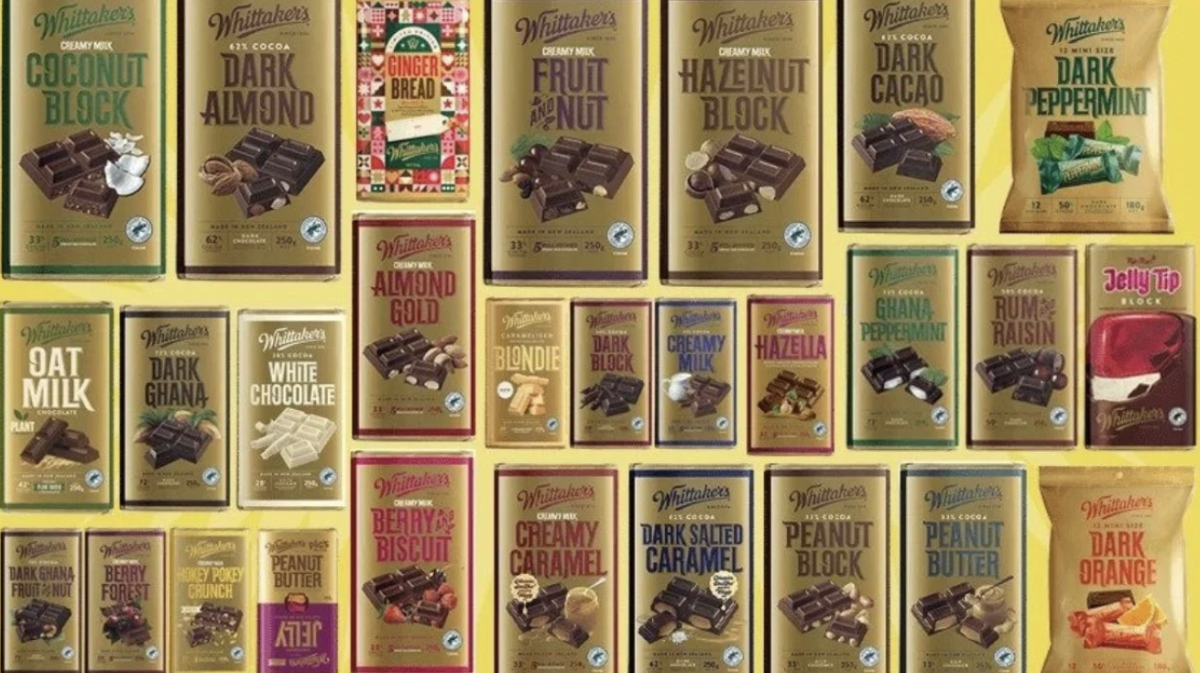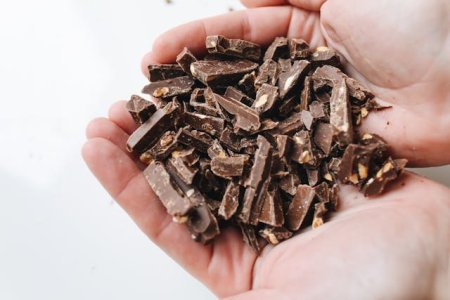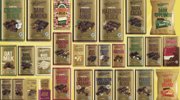
Your weekly grocery shop just got a little more expensive, and this time it's not just about everyday inflation. Whittaker's chocolate blocks have quietly increased from $8.50 to $9 at Coles and Woolworths as of October 20, part of a global cocoa crisis that has been building since weather disasters struck West Africa's cocoa farms.
For many Australian seniors already feeling the pinch of cost-of-living pressures, this 50-cent increase might seem small. But when you're buying treats for grandchildren or stocking up for Christmas celebrations, those costs add up quickly.
A company's reluctant decision
Whittaker's describes the price increase as 'a last resort', and their explanation reveals just how severe the global situation has become. The New Zealand chocolate maker, renowned for its quality and ethical sourcing, has had to navigate what industry experts are calling the worst cocoa crisis in decades.
'For us, increasing our prices is always a last resort; however, over the past year, the cost of ingredients and operating costs have continued to rise.'
The company joins a growing list of chocolate brands that have been forced to raise prices due to extreme weather and crop diseases in West Africa, which produces over 60% of the world's cocoa. This isn't Whittaker's first increase this year—they also raised prices in May, highlighting how persistent these pressures have become.
The climate change connection you didn't expect
Behind your morning cup of cocoa or evening chocolate treat lies a story of climate catastrophe. The cost of cocoa shot up by 136% between July 2022 and February 2024, with extreme weather and changing climate patterns disrupting crop harvests for the third consecutive year.
Cocoa futures reached unprecedented heights of $11,530 per tonne in June 2024 on the London market—more than triple the previous year's average of $3,182. To put this in perspective, that represents a 400% increase from typical prices over the past decade.
The cocoa crisis by numbers
Global cocoa supply dropped 13% to 4.38 billion tonnes in 2024
Supply deficit reached 478,000 tonnes—the highest in 60 years
Ivory Coast and Ghana produce 60% of the world's cocoa
Current cocoa prices now cost around $7,855/tonne vs $2,374 three years ago
Cacao trees grow close to the equator and are particularly sensitive to weather changes, with the El Niño phenomenon causing hotter temperatures and shifting rainfall patterns. For Australian seniors who've witnessed decades of environmental changes, this crisis illustrates how climate impacts can reach into everyday life in unexpected ways.
What this means for your Christmas shopping
Consumers are likely paying 10-20% more for chocolate this Valentine's Day and the Christmas season, with some experts predicting double-digit price increases will continue through 2025. The average wholesale price for chocolate products jumped more than 30% in January 2025 compared to the previous year.
This timing couldn't be worse for families preparing for the Christmas holiday. Cadbury's Advent Calendar has already increased by $1 to $9, while other seasonal favourites are similarly affected.
Smart chocolate shopping strategies for seniors
Wait for sales at major supermarkets; many still offer 2-for-1 deals
Compare price per 100g rather than total cost when choosing between brands
Stock up during promotional periods for Christmas baking and gifts
Consider store brands like ALDI's Choceur range for everyday consumption
Why Whittaker's is winning customer loyalty
Amidst this crisis, something remarkable is happening. Australian chocolate lovers are actually applauding Whittaker's approach, even as they pay more. The reason? The company has refused to follow the 'shrinkflation' trend that other brands have adopted.
Shrinkflation—reducing product size while maintaining price—has become a common strategy across the chocolate industry. Cadbury introduced smaller 100g blocks for the same price their 180g blocks used to cost ($8), while other manufacturers have quietly reduced portion sizes.
Whittaker's customers have taken notice of this difference. Social media comments reveal genuine appreciation: 'Always keep the size and quality as is. Shame about the price increase, but it is what it is,' one fan wrote. Another added: 'I'll pay $10 a block as long as they keep the quality the same and stick to their guns regarding ethical standards.'

Industry experts predict long-term changes.
The uncomfortable truth is that these higher prices are unlikely to go away anytime soon. Adalbert Lechner, head of Swiss chocolate giant Lindt & Sprüngli, told CNBC that he doesn't think cocoa prices will ever return to the levels they were before.
Agricultural expert Paul Joules warns that while the worst of the 'cocoa shock' appears to be over, global cocoa prices will remain above pre-crisis levels due to ongoing structural issues, including ageing cocoa trees, crop diseases, and climate swings. Industry analysis suggests prices may remain structurally higher at around $6,000 per tonne.
Did you know?
A 2021 study by the Intergovernmental Panel on Climate Change warned that West Africa could see a 30-40% decline in suitable cocoa-growing areas by 2050 due to climate change. This suggests the current crisis may be a preview of longer-term challenges facing the chocolate industry.
Some relief may be forthcoming by Easter 2026, as supply begins to increase again, but the impact of persistent inflation and potential trade tariffs could continue to maintain pressure on prices.
Looking beyond traditional chocolate
The industry is responding with innovation, developing cocoa-free alternatives and substitute ingredients. Some manufacturers are exploring carob, chicory, and barley extracts, while others are creating entirely new products that mimic chocolate's taste without using cocoa beans.
For Australian consumers, we can expect to see more alternative chocolate products on supermarket shelves in the coming years. While purists might resist these changes, they could offer more affordable options for everyday consumption.
Despite the challenges, there's something heartening about Whittaker's approach that resonates with Australian values. In an era where many companies quietly reduce quality or portion sizes to maintain profits, their commitment to transparency and product integrity stands out.
The Christmas season will undoubtedly cost more this year, but savvy shoppers can still find ways to enjoy their favourite treats without breaking the budget. And perhaps there's something to be said for companies like Whittaker's that choose transparency over trickery, even when it means asking customers to pay a little more.
What do you think about the chocolate price increases? Are you willing to pay more for brands that maintain their quality and size, or do you prefer companies that keep prices stable but reduce portions? Share your shopping strategies in the comments below—your fellow readers would love to hear how you're navigating these changes.







